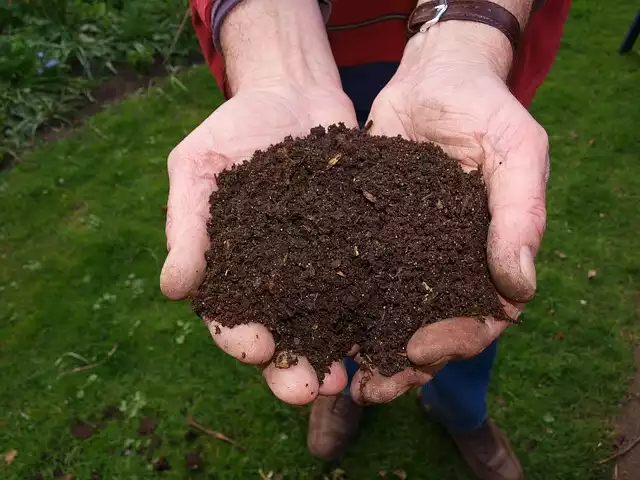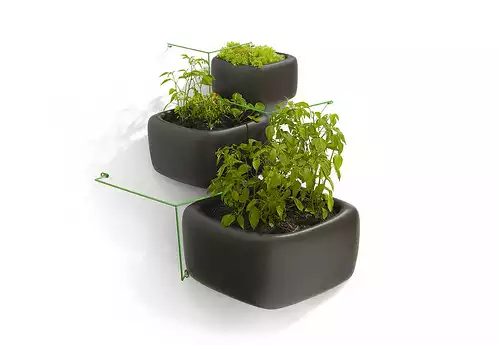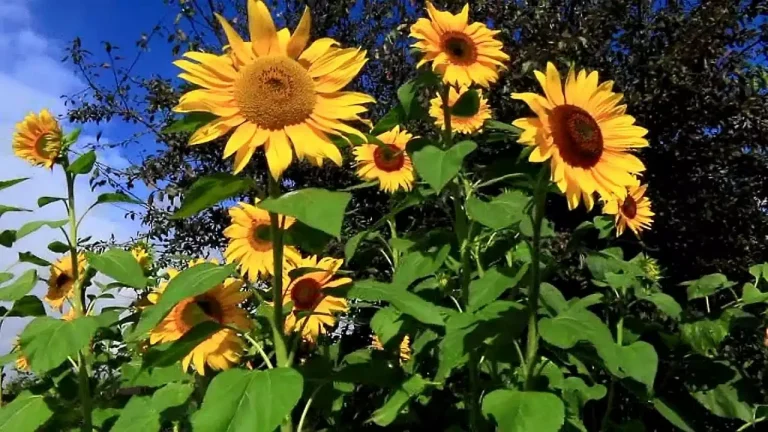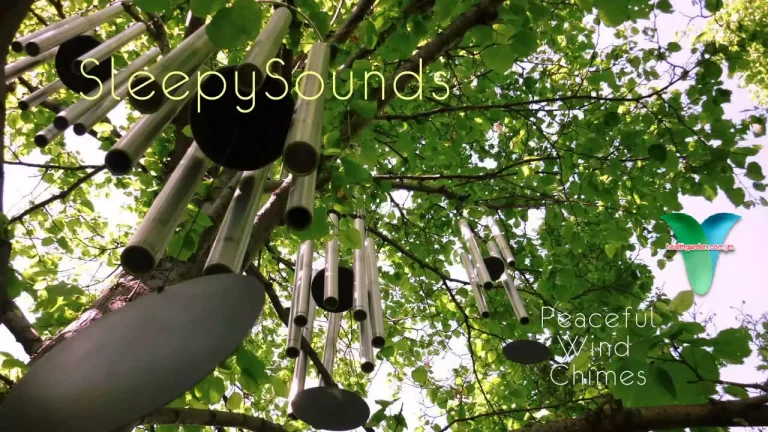Vegetables and Herbs
The secret to organic herb gardening, like growing anything else organically, is understanding how the plants grow and what they best need to thrive. Giving them plenty of care and attention is also very important.
Most herbs are hardy and easy to grow, and whether you grow them indoors or in the garden there is no need for pesticides. This is the last thing you want on your food or medicine and even non-organic gardeners would be very unlikely to spray chemicals all over a plant that they were planning to consume. Rich, fertile soil incorporating compost from your compost pile is the best bed for herbs.
A mixed herb border is best to prevent large scale pest attacks. Small and mixed is a better principle for an organic garden than regimented rows or large areas of just one plant. If you are growing in pots, place pots of different herbs together.
Choose herbs for your organic garden not only on the basis of taste for your kitchen, but on which herbs will grow well with your other plants. In many cases herbs are consistently found with certain other plants in the wild and giving them the same companions in your garden will help to keep them healthy and prevent pest attacks. For example, parsley grows well with tomatoes and asparagus. But do not plant dill near potatoes or cabbage – they are incompatible.
Growing herbs in containers is a good way to test the best position for each plant before settling on a spot. Plants that are native to your local area or very common, may thrive anywhere in your garden but others may need particular sunny or shaded spots. Pots are also good for restraining very invasive herbs such as mint, which will pop up everywhere if not controlled. Mint spreads by root just below the surface so you can plant the pot if you wish.
You can begin your herbs either from seed or with a small growing plant from a good organic nursery. If growing from seed, most herbs should be started in containers indoors. However, fennel and cilantro (coriander) do not like being transplanted and will generally be better from seed sown directly outdoors.
Most herbs prefer a sunny situation and well drained soil. If you have clay soil, you can improve the drainage by digging in compost or humus.
Generally herbs are less prone to pest attacks than many plants. The main pests to watch out for are aphids and red spider mite. Either of these can be washed off with soapy water. Don’t forget to use organic soap! Growing nasturtiums in your herb bed will help to control aphids, as will encouraging ladybugs in your garden.
Red spider mite is more serious. Affected leaves or even whole plants should be removed immediately and destroyed (preferably burned). Do not put them into your compost. If red spider mite is a problem in your area, put a bug screen over your plants, as these pests are usually carried in by bees and other insects. Alternatively, you can introduce predators – other mites that will feed on the red spider mites without damaging your plants.
Do not over-water herbs as they approach harvest time. The flavor will be stronger if they are kept a little dry. However, once picked it is better to freeze rather than dry them to maintain their flavor.
The best time to pick herbs is when their essential oil is strongest – on a sunny day, around mid-morning. Then you will appreciate the pleasure of organic herb gardening!






